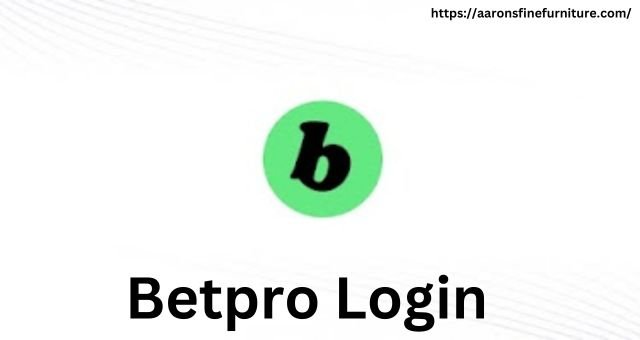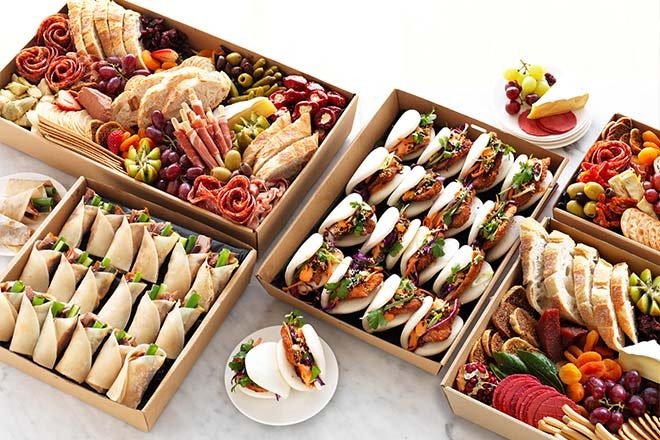Bag-On-Valve (BOV) technology is an innovative packaging solution that seals the product in a flexible bag and passes air or inert gas as the propellant. This design allows for the separation of product and propellant, ensuring longer shelf life and more efficient use. Unlike traditional aerosol cans, BOVs do not require chemical propellants, making them safer and more environmentally friendly. Environmentally friendly and efficient packaging solutions are becoming increasingly important in today’s marketplace, with consumers and businesses looking for alternatives that reduce harmful chemicals and carbon emissions. The aim of this paper is to detail the aerosol filling process of the BOV, explaining how it can improve packaging efficiency whilst significantly reducing its environmental impact, making it one of the key technologies in sustainable development.
Understanding Bag-On-Valve Technology
Bag-On-Valve (BOV) technology is a modern aerosol packaging system where the product is sealed in a flexible bag inside the can, while the propellant surrounds the bag. Unlike traditional aerosol systems where the product mixes directly with the propellant, BOV keeps them separate, ensuring the product remains uncontaminated and more stable over time. The key components of BOV include the bag, which holds the product; the valve, which controls the release of the product; and the propellant, which is typically compressed air or an inert gas. This design allows for nearly complete product evacuation, minimizes waste, and provides a consistent spray pattern. BOV technology is particularly valued for its ability to deliver eco-friendly, efficient, and safe aerosol solutions.
The Bag-On-Valve Aerosol Filling Process
Step 1: The BOV container is manufactured, consisting of an outer can, a valve, and a flexible inner bag designed to hold the product.
Step 2: The desired product, such as liquid or cream, is filled into the flexible bag inside the can, ensuring it remains separated from any propellant.
Step 3: The container is pressurized by adding air or an inert gas, like nitrogen, between the outer can and the bag.
Step 4: The propellant is introduced outside the bag, allowing it to provide the necessary pressure to expel the product when the valve is activated.
Step 5: The valve is sealed tightly, and the final product undergoes quality control checks to ensure proper sealing, pressure, and functionality.
This process maximizes efficiency and maintains product purity.
Key Benefits of the Bag-On-Valve Filling Process
The Bag-On-Valve (BOV) filling process offers several significant benefits. In terms of efficiency, it ensures consistent spray performance and nearly complete product evacuation, reducing waste. This also leads to an extended shelf life, as the product is protected from contamination by the propellant.
From an eco-friendliness perspective, BOV technology eliminates the need for harmful chemical propellants, reducing the emission of volatile organic compounds (VOCs). Additionally, many BOV containers are made from recyclable materials, contributing to a more sustainable packaging solution.
For user safety and convenience, BOV ensures there is no direct exposure to hazardous chemicals, making it safer to use. It also allows for spraying at any angle, providing a more flexible and convenient experience for the consumer.
Bag-On-Valve vs Traditional Aerosol Filling
When comparing Bag-On-Valve (BOV) to traditional aerosol filling processes, several key differences emerge. In terms of efficiency, BOV allows nearly 100% of the product to be used, as the pressurized air or inert gas pushes the product out from a separate bag, unlike conventional aerosols where product and propellant mix, often leading to wastage. BOV also uses less propellant overall, reducing consumption.
Regarding environmental impact, BOV systems eliminate the need for harmful chemical propellants, resulting in lower VOC (volatile organic compound) emissions. Additionally, BOV packaging is often recyclable, whereas traditional aerosols are more challenging to recycle due to their chemical contents.
In terms of product safety, BOV reduces the risk of exposure to hazardous materials, since the product is isolated from the propellant, making it safer for consumers and reducing the chance of chemical reactions or contamination.
Applications of Bag-On-Valve Aerosol Filling
Bag-On-Valve (BOV) aerosol filling technology is used across various industries due to its efficiency, safety, and eco-friendliness. In healthcare and pharmaceuticals, BOV is commonly used for medical sprays like saline solutions, wound care products, and nasal sprays, as it ensures precise dosage and product protection. In the personal care and cosmetics sector, BOV is popular for products like deodorants, hair sprays, and sunscreens, providing a smooth, consistent spray and the ability to spray at any angle. Household products such as cleaning agents, air fresheners, and insect repellents also benefit from BOV technology, offering greater control and reducing waste. Major brands, including Dove, Nivea, and Ecover, have adopted BOV for their products, leveraging its sustainability and safety features.
Market Growth and Future Outlook
The adoption of Bag-On-Valve (BOV) technology is being driven by several key trends. Growing consumer awareness around sustainability and environmental responsibility has increased demand for eco-friendly packaging solutions, making BOV an attractive option due to its use of non-chemical propellants and recyclable materials. Additionally, industries are seeking more efficient packaging that minimizes waste, enhances product shelf life, and improves user safety, all of which BOV delivers.
The market for BOV technology is expected to grow as companies prioritize sustainable practices. Ongoing innovations in the BOV filling process, such as advancements in product formulation and the development of more versatile containers, are expanding its potential use in new industries, including food, beverages, and specialized industrial products. This trend positions BOV as a key player in the future of packaging technology.
Conclusion
In conclusion, the Bag-On-Valve (BOV) aerosol filling process offers numerous advantages, including improved product efficiency, nearly complete product usage, enhanced shelf life, and a reduction in environmental impact due to the elimination of harmful chemical propellants. As the demand for sustainable and eco-friendly solutions continues to rise, BOV technology stands out as an innovative approach that meets both consumer and industry needs for greener packaging.
Looking ahead, BOV technology is poised to play a significant role in the future of the packaging industry. With ongoing innovations and its expanding application across various sectors, BOV is set to become a key solution for companies aiming to balance performance with environmental responsibility, ultimately shaping the future of aerosol packaging.
















